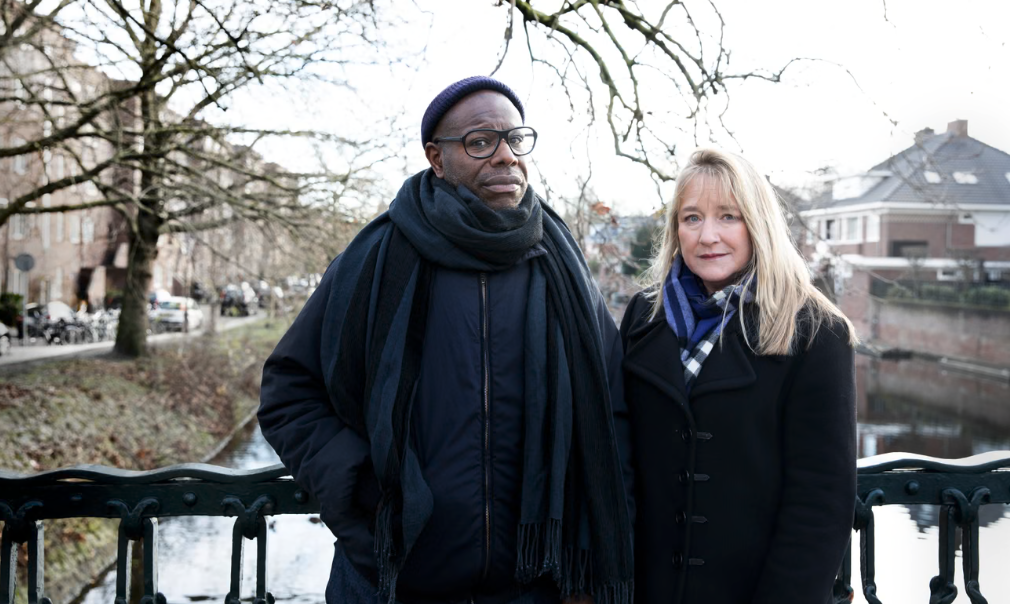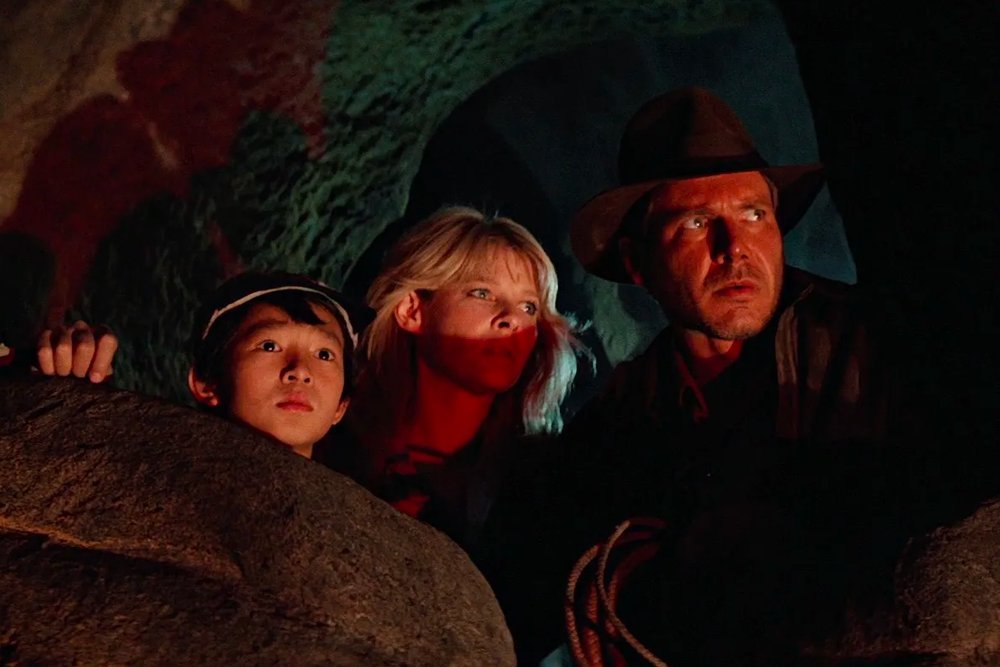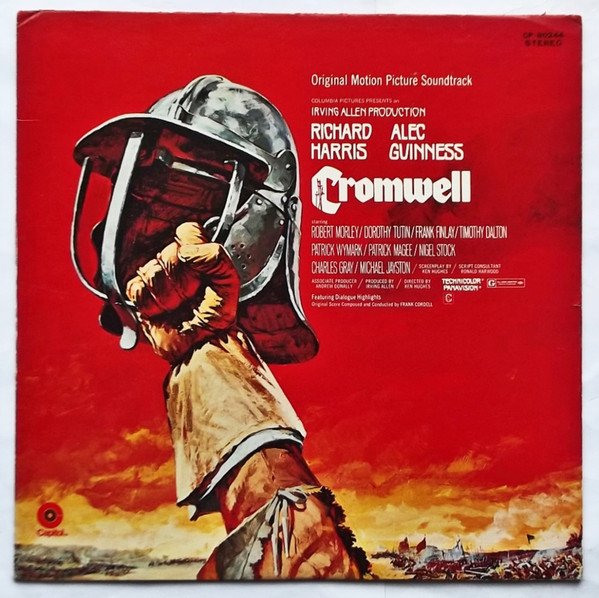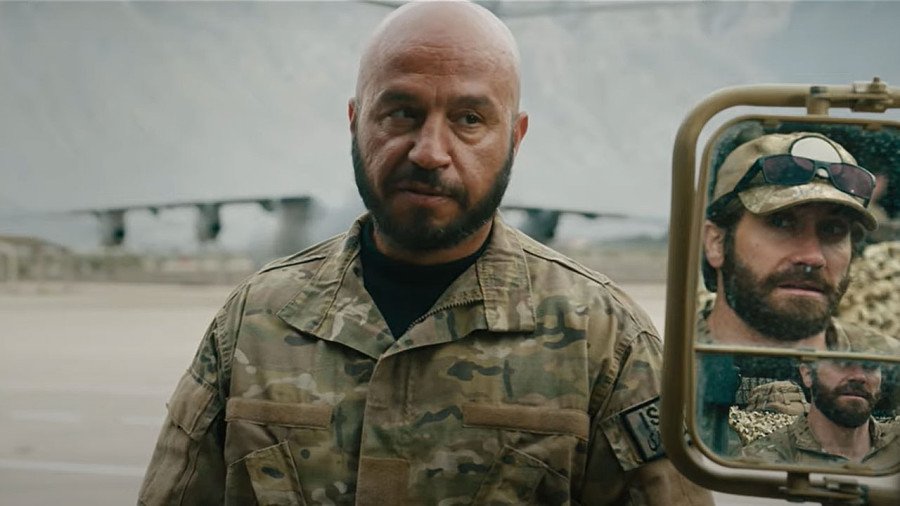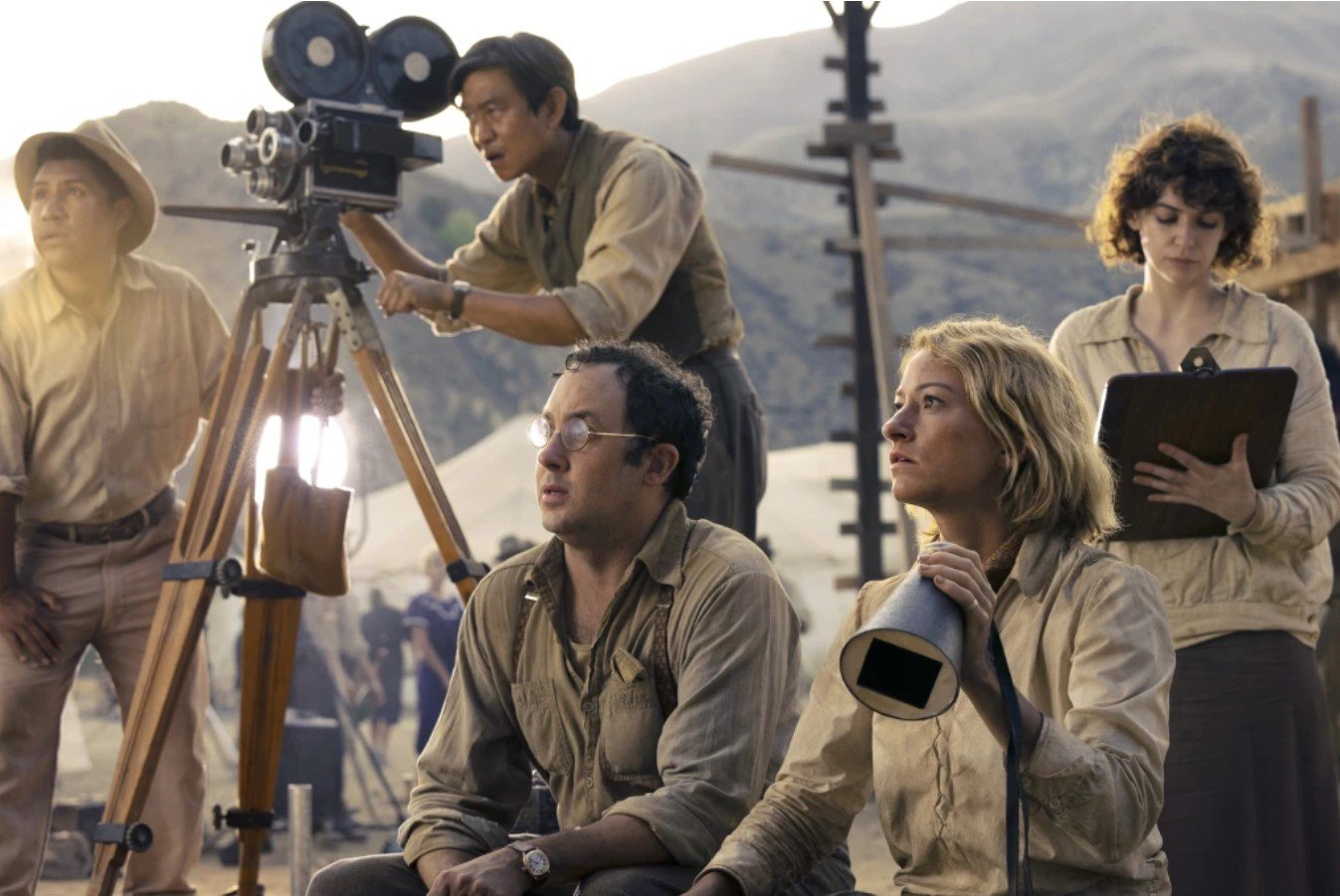Occupied City (2023)
Film Director Steve McQueen and his wife Author Bianca Stigter, in their city of Amsterdam
First Screening. Kanopy. Over three nights in my study. I am still recovering from a physical illness when I watched this and it probably wasn’t the right timing, but I found this mesmerizing all the same. Occupied City is a documentary by the British Master, Steve McQueen, and as a student of The Second World War and the Shoah, I could not turn away. I had heard this hit Cannes and Venice and caused quite a stir, but I had not the opportunity to see it until now. It is unavailable on physical media (a crime against artist lovers everywhere) and was lucky enough to catch it on Kanopy.
When I went to Berlin last year to see my son for two weeks, I prepped the trip by reading Alexandra Ritchie’s monumental and award winning Faust’s Metropolis, a history of Berlin. Just across from his apartment on Krautstrasse (yes, that is indeed a real street name) the Berlin Wall used to wind up on the north side of the Spree River, and just a block north of that was Jannowitzbrucke, a bridge across the Spree from his neighborhood (Mitte) to the environs of the government district. I did not bother to tell my son that this part of the Spree is narrow, and in April, May, and June of 1945 it was clogged with bodies and the river flooded the neighborhood. I didn’t bother telling him this because it is a matter of course that every street corner in Berlin has a story. A past. A dead body, be it a Jew arrested, a party official’s apartment, or a side street in the garden where, say, Karl Leibnicht was murdered in 1919. You cannot cross the street in Berlin, in Prague, in Paris, indeed in most large towns in Europe without walking through history, and so it is with Amsterdam.
The Netherlands was, for centuries, safe under British protection and had gone long stints without much chaos. But the Nazi occupation changed all this, and as McQueen effectively demonstrates, in the Dutch capital, crime is everywhere. This is evidently based Bianca Stigter’s ‘Atlas of an Occupied City’ which chronicles the forgotten crimes of the Third Reich in Amsterdam. It is not available in English. I’ve read some very disappointing reviews that point to the monotony of the exercise. Ostensibly, what McQueen is done is to log over a hundred specific incidents in Amsterdam’s tumultuous history of occupation, set up cameras there, and shoot what goes on there in contemporary society (post pandemic, which we’ll get to later). This opens with a description about how one home owner hid Jews in the basement while the modern homeowner, related to the previous owners we do not know, retrieves grocers from the former hiding place. It would be like using the Secret Annex in Otto Frank’s office to store records or an archive of magazines. From here the places multiply. Street corners. Town plazas. Houses. Train stations. Cinemas. The crimes of the occupation are delivered in a flat monotone by Melanie Hyams, McQueen’s collaborator (no pun intended) who is aided by her Dutch fluency. Sometimes, like Shoah, these scenes are staged. While Hyams recites what happened to a jewish family that was arrested in the middle of the night and deported to Auschwitz where they were all murdered, McQueen focuses on city workers installing Stolpersteine. A practice originated in Germany in the early 90’s, ’Stumbling Stones’ mark places of the Shoah all over Europe. While strolling through Charlottenburg one day, I noticed one not too far from Richard Wagner Platz that recorded a family of three who deported in 1944 to make Berlin “Judenrein” for the Fuhrer’s birthday. Obviously a lot of planning went into McQueen being there with his cameras at a specific time. Other moments are simply on a calendar. While watching a construction crew assemble a music stage in Amsterdam’s town square, Hyams recalls how the Germans, house in the Town Hall during the occupation, erected a music stage so they could attend classical concerts in the open - no Jewish conductors of course. This modern day music festival seems not to know what happened there before them, but then again most of us don’t wherever we go. Or we could take it for granted that they know something happened there, much like my son understood whenever he left his apartment. Not all of these are so on-the-nose. One scene, describing where a high ranking Nazi officer lived, shows an older woman watching the pandemic news. More than likely, she lived through the war. But another shot simply describes the Westerbok station as it was used to deport Jews, the modern station as the live shot. Mixed in with the profound is the ordinary. Everyday average Nederlanders, Jews or not, were hounded and oppressed throughout the occupation. In the Leidesplien, one Dutchman describes having been beaten to an inch of his life. When he choose to passively oppose the occupation, he spent the rest of the war in a prison cell.
In 2006, D to the K to the Motherfucking A to the Third Power sent me on a business trip to Africa. My layover was in Amsterdam, on Easter Sunday. My layover was 8 hours, and I left Schipol to see what I could see starting at six AM. I was lucky to catch a train into central station, which was deserted. As I walked through Vondelpark, I did not have Hyam’s commentary to tell me that German officers of the occupation confiscated all the houses rounding the park, evicting their tenets for the duration. I had lunch at the Hard Rock Cafe Amsterdam, where I had no clue the Resistance took revenge on collaborators after liberation by shaving the heads of dozens of people, marking them if for a short time as traitors. In countless squares that I passed through on my route that day, Dutch men and women were left rotting in the sun for days as a warning to the residents who could smell the decaying corpses. They were shot by the OrPo, or Orderpolizei not for crimes which they had committed, but in reprisals for the Resistance assassinating a number of Germans.
Sometimes these moments in the film are too much to process without tears. Watching a young boy of about three or four standing simply in the grass in a small park next to a river, Hyams recalls a mass execution on that spot by the Siecherheitdeinst, or SD (Security Service) in retaliation for Resistance activities there. Hyams tell us the SiPo and SD were housed in a girls school that is now a high school. The basement where Dutch citizens were tortured and beaten to death is just under a classroom where minors now learn math and (I hope) history.
Due to the timing of the shooting schedule, I was constantly trying to figure out if McQueen was trying to say something subtextual. While watching the Dutch police clear out of Covid protest, Hyams keeps on task, talking about occupation crimes. Was McQueen trying to draw a line between the lockdown and the occupation? Wasn’t that absurd? Like many cities, the curfew in Amsterdam was the first curfew since occupation ended. I was never able to adequately resolve this issue and I have not researched McQuee’s answer to it. Later, in an apartment where the head of the Zenstralle head lived, an old lady lives now, riding on a bike, watching Ukrainians come into Nederland on TV. They are fleeing the invading Fascist threat in their own country and the Dutch so far have used open arms. During a climate march while recounting the National Socialist Dutch Worker’s Party rallies, McQueen shows us a silent bullhorn, a Covid protestor wearing a Guy Fawkes Mask, and some black musicians having what looks like an insanely good time doling out beats as a drum quartet. Marching in Holland is different these days, way different. Though tens of thousands of black Dutch men volunteered for the Nederland Army recruited for the Allied War effort, they were never allowed to liberate their own country. A man holds up a sign during the protest that says “Climate Justice” which reads rather eery. Who does he plan on ‘punishing’ for the state of the world climate, he does not say. Another sign, seemingly aimed at Dutch authorities, has the severely underwhelming Sam Wilson message of “try harder.”
The finale of the film, in which a Jewish kid learns how to Daven in his synagogue in preparation for his Bar Mitzvah, Hyam’s narration stops. Out of the hundred thousand plus Jews in Amsterdam before the war, only about five thousand returned. Most did not survive. The occupation of the Netherlands was especially brutal for Western Europe, though one would not compare it to Warsaw or Ky’yv. In Hungary for example, hundreds of jews were tied back to back, and one shot in the head, the other left to struggle while they were both pushed off the bridge into the Danube. 90% of all the Jews in Hungary were murdered in Auschwitz in six weeks. But this is not a pain contest. This is only a document. A document of fear and perhaps a warning. Perhaps, if we join that little boy in the synagogue, it ends in a message of hope.
Head (1968)
“What you have seen you must believe if you can… if you can…”
Second Screening. Criterion DVD. My bedroom. Allow me to utter my sheer shock and surprise at my own rating, for which I take full responsibility. For those who wish not to travel down the lane of wishful nostalgia, stop now. For I remember when I saw the old Monkees reruns on Nick at Nite, and then saw Val Kilmer wear a Monkees T-Shirt in Real Genius (1985) and knowing I was the only person under the age of forty who understood the power and glory of the Pre-Fab Four. Much to my consternation, I did not like Head (1968) when I saw it on the Encore channel in the early 90's, but that was most likely because of the permanent crop, non-sensical whimsy skit structure (pre-Groundlings, pre-Monty, etc.) and the horrible monaural. But when the soundtrack came out in 1994 and I bought it as a Monkees completionism, I have to say I did not remember and was enraptured by Purpoise Song and as the CD turned, Circle Sky blew me away. How was it possible this song came out the same year as Helter Skelter and no one noticed it? It remains one of my favorites to this day. But still, I avoided Head (the CD had a faux chrome cover so when you stared into it, it was vaguely a mirror = so you could see your own... head. These guys...
So when Criterion, of all platforms, put out this failure of a film, I didn't even give it a chance. I finally wasted my money on the package BBS story because I wanted to give Jack Nicolson and Bob Rafealson a chance (besides Head, they failed with me). By this time I had already seen the forty year anniversary Monkee Doc and the made for TV film that documented the struggle the group had in trying to be taken seriously. It all seemed cruel. Mickey Dolenz once defended the band from the criticism that they didn't play on their own songs by saying "The Beatles didn't even play on their own songs..." which was only true if you counted the orchestra in Sgt. Pepper or the violins in Eleanor Rigby - but he had a point. By the time Pet Sounds came out, The Beach Boys were incapable of creating what Brian Wilson wanted not just in the studio, but on tour as well. The Wrecking Crew, that melodious model of music, did that for them. And for Phil Spector. And for a thousand other bands and artists, including Neil Diamond.
For the Monkees were actors, not musicians, was the greatest crime they were charged with. In fact, they were actors who were musicians on the side (excepting Nesmith, who had an unnoticed career before the Monkees as Michael Blessing). Generally speaking, Peter York was better on piano than bass, but Davy Jones couldn't learn bass so he had to learn on piano. He was also better at drums, but Mickey didn't have a musical instrument other than his voice, so he had to learn drums FAST. With the help of ABC, they became stars for exactly two years while they struggled episode by episode to push their own agenda into the show and into their music. Basically forced to lie about performing on albums, they were refused rights to even play the songs written for them, never mind WRITING new songs for the band. FUCK THAT said ABC and Capitol. When Dolenz finally got permission to direct an episode, it was their last. When Don Kirshner finally agreed to release a Monkees-own written single...and did so in a limited release overseas... he was fired, and The Monkees went on their own way.
But without a show, no one followed them but one of their directors, Bob Rafelson, who always found charm, meaning, and an undercurrent of the counterculture which the hippies always deemed 'fake' and 'plastic' in the Monkees. Jack Nicolson, ten years into Hollywood, helped pen the irreverent 85 minute comedy, alternating in between subversive skits and traditional set pieces, pushing the Monkee narrative from corporate manufactured pop group (read the Stock-Aiken-Waterman creation of the 60's) to the band that definitely had something to day. About Vietnam. About America. About themselves.
The Monkees weren't going away with out a fight.
That's why Head (1968) opens with Mickey committing suicide (and closes with the band following him. And that's why the acid trip opening shouts acid trip lyrics while Mickey is being pulled into a fantasy re-creation of what leads to his suicide ("the porpoise is laughing, goodbye, goodbye..."). This is followed by a mind numbing criss cross from one bad idea to one that blows you away. Nesmith shouting Circle Sky to ten thousand people while York and Co. try to keep up cannot be re-created. It's why there is a live version on the disc. It's why Nesmith put it on his solo album. It's why the Monkees re-created it as the opening track to Justus (2020). Did they need the Wrecking Crew? Not necessarily, but it helped. No one saw Head (1968). No one bought the soundtrack. No one bought their next "contractually obligated" album. But now there ere six special editions of their LPs and six greatest hits compilations. Even Daddy's Song, Davy Jones' hysterical treat which I would skip every time on my CD, is on one of them. Once I saw what Jones did with his feet and Tony Basil, in Rafelson's unbelievable black and white set piece cutting back and fourth with tempo, I was sold. I've been listening to it all week.
Mickey has always been, more or less, the front man of the group, though he is perpetually like Don Henley, Gil Moore, and Phil Collins, in the rear. Nesmith's southern accent (he once twanged a reactionary pro-Vietnam song as Blessing) was less welcome though he garnered sympathy and hits with his earnest voice in hits like "What Am I Doing (Hanging Round)?" Davy was the 'Paul' of the group in that he was the lady-killer, as nervous as he was. Daydream Believer remains their Greatest Hit of all time. The solid Peter Tork, beloved by millions, poured his heart and soul, like they all did, into trying to become that thing they thought the audience wanted. Nesmith was the older brother. Tork always there. Davy smiling. But Mickey was the bold in-your-face provoker shouting subversive lyrics like Pleasant Valley Sunday and Last Train to Clarksville.
This subversiveness is in Head (1968) when Mickey stops a Western film shoot and walks through the paper backdrop. Peter is subversive in the diner when he forces the real "film crew" to show themselves when he refuses to 'act' anymore. Davy is subversive when he convinces the band to break out of the vacuum cleaner, literally a vacant places that "sucks." And Mickey, by choosing suicide rather than conform to the image the corporations have of him, and want to sell of him to his fans, is the most subversive of all. He is so subversive, the band follows him to his death. Head (1968) winds up as tails of the Monkees.
Nothing is more subversive than the funny, cute, pop band using the execution Nguyễn Văn Lém, a Viet Cong officer responsible for the murder of various South Vietnamese officials, by Captain Nguyễn Ngọc Loan, a Captain of the South Vietnamese army, as a pretext for telling the audience, even before the front credits, that the Monkees are fucking serious. Loan's execution was caught on film, both still and moving, and it lead the news in TV and print media. It became the image of the Tea Offensive of January 1968. It became the proof that America was on the wrong side of the war. Never mind that Lem had murdered people in cold blood, was a member of a recognized terrorist organization, and as per the rules of war deserved to be shot as an assassin and saboteur upon arrest. General Loan was castigated the rest of his life for rendering Lem's victims justice. This is lost in Head (1968). Loan's real story, or Lem's, is less important that what is important to the countercultural heroes that Nicholson and Rafelson want the Monkees to be. They Monkees are not fucking around anymore. They're going to be in charge of their own music. Their own image. Their own future.
And America wasn't ready for them.
Irreverent. Self-Aware.
Lee (2024)
First a fashion model, then an artist, then a professional photographer and war correspondent, Lee Miller defied the order that surrounded her. Though she is probably most famous for directing David Scherman’s famous photo of her nude in Eva Braun’s bathtub, I prefer this no nonsense profile he took of her somewhere in Allied occupied Europe. With her custom visor, she looks like a knight, determined to win in any fight. I first came across her photographs in graduate school. Her plutonic partner Scherman, an American Jew, was rumored to have taken a shit in Hitler’s toilet - an oft visited place for G.I.’s in occupied Munich. With Gitta Sereny, Hannah Arendt, and Sophie Scholl, Miller defined the way we look at the War.
First Screening. AMC. Tightwad Tuesday. There were about ten people in the theatre so I hope this does well. As we get further and further away from the War, it terrifies me that there will be a loss of memory about that event and what it means for our collective human history. My son is studying in Germany right now, and this weekend took a train to Prague. And on his way, he passed through Dresden, which had a train yard so massively important to the Third Reich that the British Air Force wiped the entire city and it's 120,000 inhabitants off the face of the earth. I'm sure there are people that live in downtown Hiroshima that are not too sure what happened there. This is my fear.
And then I hear on the We Have Ways Podcast that in the month of September, the 80th Anniversary of Market Garden, 100,000 people went to The Netherlands to celebrate and Allied defeat. Think about that. A defeat. Market Garden was like the Alamo of the Second World War, and more than 90% of the people who were there weren't alive during the war. But they went. And they celebrated the ATTEMPT to push the Nazis out of a country they had no right to be in. Last June, a quarter million people went to Normandy to celebrate D-Day. And now, there's Lee, which is a lot of film to think about. And films like Lee give me hope that we're not ready to forget yet. We're still trying to process all the pain and trauma of that horrible F word and everything it did to us. And everything it's doing now (the first day of Russia's Invasion of Ukraine, a targeted missile descendant of a War era V-2 landed on top of the monument that memorialized the massacre of 60,000 Jews at Babi Yar- just to name one example).
Lee is a spectacular film for its continuity (an inheritance of Spielberg's war-era saturation techniques) and for its original story. I was in grad school when a teacher of mine passed around original magazines of the war, including LOOK, TIME, and one of them was VOGUE, which we all laughed at until we opened it and saw Lee Miller's photograph of a room stacked full of corpses. Breathtaking. It induced one of us to tears. This is 65 plus years later. We've seen the footage. We know what happened, and still her photographs were punching through. I heard this film was coming out about six months ago, and a couple of weeks ago, Lee's son was on a podcast talking about his mom and how he reconstructed her life after she died in 1977. Rough stuff. Finding out your mom was a supermodel in the 1920's had to be something to adjust to. Finding out your mom asked G.I.'s to open train doors so she could photography carloads full of dead undesirables is something else. And I'm not talking about death camps. I'm just talking about one of thousands of concentration camps where people were just outright starved to death. It's hard enough for me to think if my Grandfather was too slow, the bullet might not have gone through his ankle and instead have gone through his thigh and severed his femoral. He could have bled out, changing my father's life in not having a father of his own. My standard of living, my personality shaped by knowing my grandfather, forever changed. That's what Antony Penrose, Lee's son, thinks about every time he thinks of his mom.
And as that as a background, I have to say this film is a great extrapolation of those experiences and Lee's fight to do everything she wanted to do. Her fight to define herself instead of other defining that for her. Winslet had several moments in the film that others might see as dramatic or over the top, but I thought was shockingly good. She's always been amazing, despite most of her projects not particularly interesting to me. Her portrayal of taking pictures at Buchanwald's crematoria with Andy Samberg was a stunning display. The director NEVER showed you what she was looking at. You didn't have to see it. You had only Winslet's face to convey to you what she was seeing. And it was horrible.
Samberg's portrayal as David Scherman, Lee's plutonic and unofficial partner during the war, was an amazing break from what I've seen him in the past (and I'm one of those people that think Palm Springs is AMAZING). On one level it seems uneventful. Samberg is a Jew playing a Jew. But Samberg's understated professionalism, when gauged right alongside Lee's, shows you how professional Lee was. This gender equating is subtle story arch material and not a bat over your head message material. There was no message here. There was only Lee. My only criticism being that in 1944 Lee was 37 years old and still looking like the model she was in 1930. Ms. Winslet is 50 and this age discrepancy is the same issue Kevin Spacey had in Beyond the Sea when he played Bobby Darin 15 years older Darin when he died. There were also time period inconsistencies that I won't go into because frankly they are childish compared to the important story of Lee's life. In a universe of no Lee films, I'll take a flawed one, and I'm sure no one would be disappointed in having a pro like Winslet play them.
